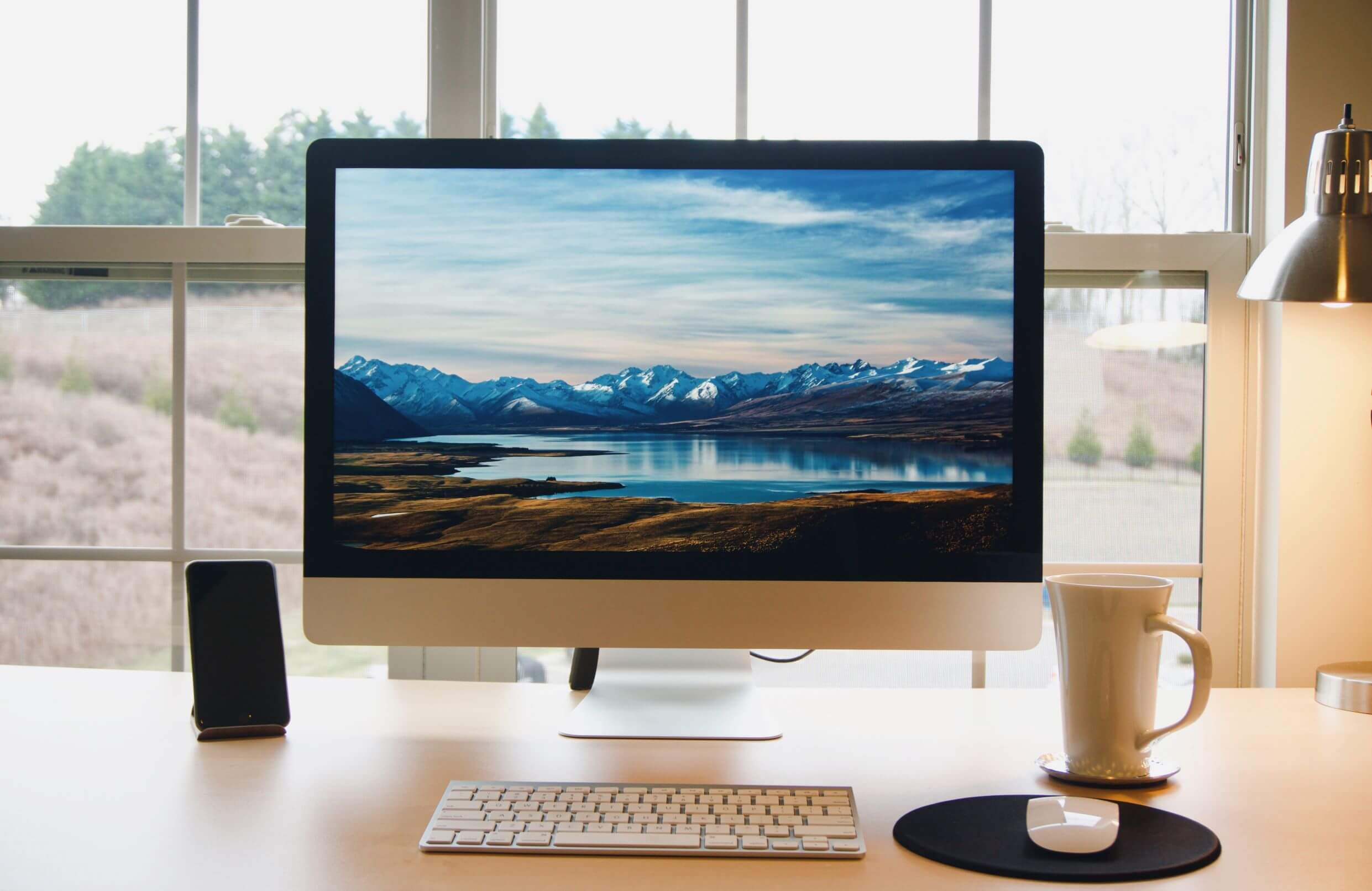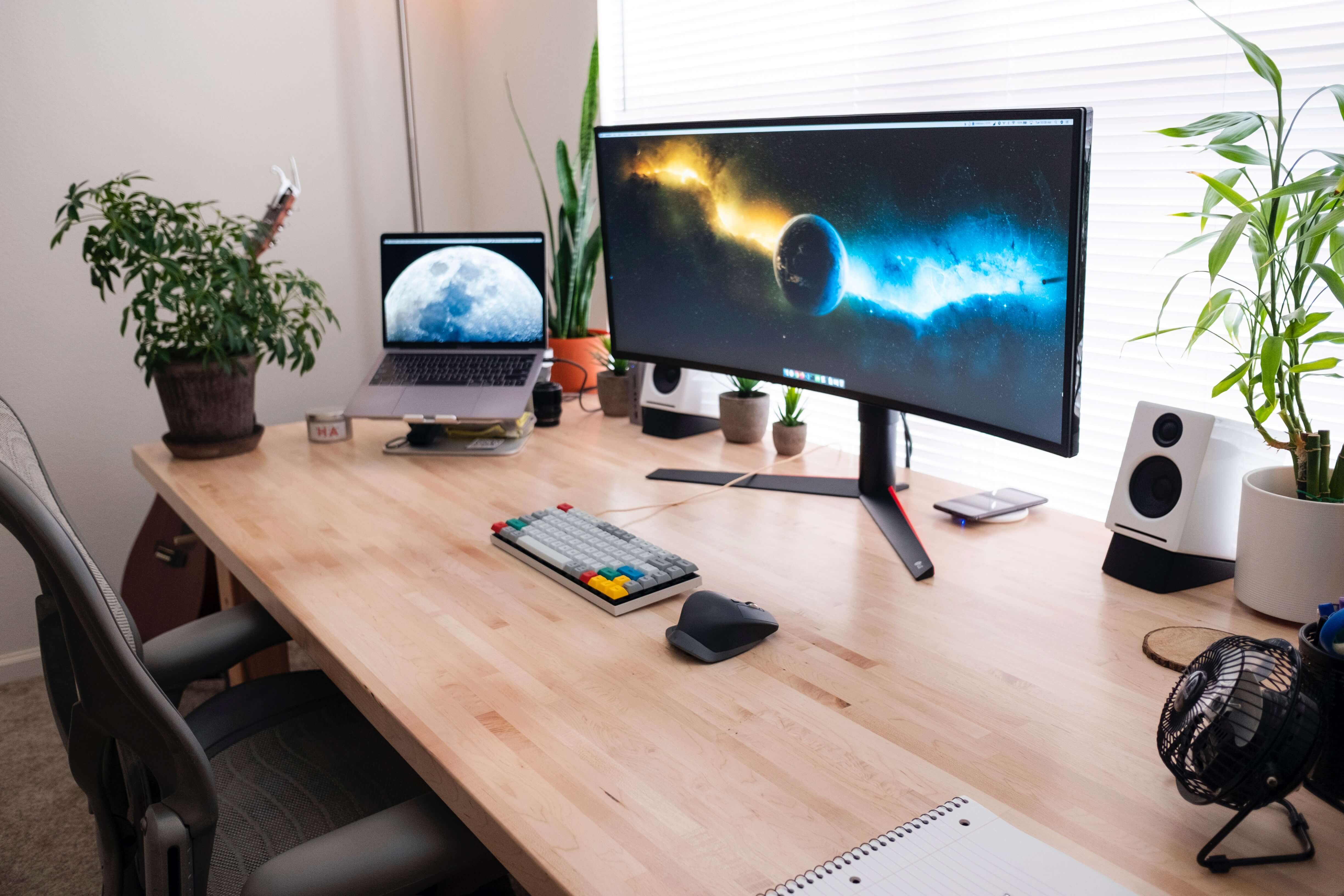Note:
The information in this article is intended for those that manage, lead or supervise workers who are already working from home. If you have workers that are due to begin working from home, you can use this information to better plan your approach to remote working.
I have written an article that provides advice for workers who have recently started working from home, if this is more relevant to your situation, please click here.
Managing Homeworkers

You have the same responsibilities to manage health and safety for remote and homeworkers as you do for any other worker, including the same liability for accident and injury.
As such, ensure that you are appropriately managing the risks related to the remote/homeworking role, including providing any information or training that can help workers to keep themselves safe.
As part of your responsibility to manage health and safety in your usual workplace, you should have identified those workers that are more at risk, and put in control measures to protect them. This responsibility is the same with working in an office, in the field, or working at home.
An individual’s lack of familiarity with their work environment can lead to an increased risk of injury or ill health. You might be thinking “How can you not be familiar with your own home?”, but it’s more important to think about the changes brought about by remote/homeworking, and how the individual interacts with their home environment when working.
They are very familiar with the environment that they are in because they live there, but the way that they interact with their environment can introduce new or increased risk.
Say for example that you have a relatively young worker who typically works in an office, but is now working from home alone. When in the office, this individual might plug their phone charger into the wall socket in front of them at their desk. The sockets at the office are separated to ensure that the electrical devices don’t overload the system and cause a fire, but the socket that they’re using at home could be a multi-socket extension lead. If they repeat the same behaviour and continue to plug in other electrical devices at home, it will increase the risk of overloading the extension lead and could lead to a fire.
So how could you address this situation?
One way is to conduct a live video call risk assessment of their remote/home workplace – this would allow you to see the individuals work set up and give guidance, advice and assistance with real-time feedback. Alternatively, as some people may not be good with live video technology, call them by phone. You could work through a checklist together to discuss and try to mitigate the risks – sometimes the solutions involve simple changes that talking to someone else helps to identify.
Provide awareness or refresher training – in the example above, if the employee had fire awareness training, they might then remember to be cautious and plan not to overload sockets. Furthermore, moving a person from one work environment to another is a key time to ensure that they are aware of new risks and refresh them on anything that they may have forgotten.
Create or source resources that help to highlight the risks – assessing risks relies on effective communication, and a way of addressing issues with communication is to provide information via different mediums. You could employ a mixture of the above suggestions, and supplement advice with emails containing picture-based reminders of the risks identified.
When considering remote/homeworking I would recommend assessing the following risks as a minimum:
Fire:
Employ a suitable awareness level e-learning fire safety course that includes basic information on reducing the hazard of fire related to the use of electrical equipment, making an emergency plan and the importance of keeping emergency exits clear.

Display Screen Equipment (DSE):
Display screen equipment refers to any device with a screen that is used for a prolonged time for work. This typically will be laptops, personal computers, tablets and other screen-based devices, depending on the situation and duration that the screen is used for. Poor, improvised DSE workstations could lead to poor posture, longer term musculoskeletal injuries and poor performance.
Ensure that your workers are suitably resourced and trained to work for prolonged periods of time from home. Consider – suitable chair and ‘desk’ area, screen size and height, separate mouse, posture, stretching and breaks, lighting, separation of workspace.
You can read more about display screen equipment in my article, How To Optimise Your Study Space For Your Online Course.
Wellbeing:
Wellbeing is the subjective measure of a person’s health, happiness and comfort. This is an important aspect that can be greatly affected by remote/homeworking. It is a good idea to monitor wellbeing for workers that are homeworking, in its simplest way this can be done by asking some carefully framed questions. Showing an interest in their wellbeing can provide a benefit to employees and could identify or prevent a decline in their wellbeing.
Furthermore, declining wellbeing as a result of working from home would need to be addressed by the employer, just as you would address an employee struggling with their wellbeing in their usual workplace. Caring about someone’s wellbeing might include scheduling virtual meetings for times that ensure the person gets a proper break or encouraging them to not respond to emails after work time has finished.

Further risks that you should assess will depend on a worker’s personal remote/homeworking situation and could include trip hazards, storage issues, fatigue and challenges regarding separation of their workplace from other members of the family.
It is important to note that whenever you are identifying and managing risks it is always a good idea to consult with workers to get their opinion and perspective. I would say that this is even more important when workers are working from their home, as everyone’s environment will be different, and the approach to managing the risks will need to be more tailored.
Once risks have been identified, working collaboratively with your employee to create control measures will help to encourage them to stick to the control measures.
You can read more about how individuals can improve their own mental and physical wellbeing whilst working from home in my article, Improving Mental & Physical Wellbeing Whilst Working From Home.
Or make use of our free interactive wellbeing check PDF and email resources at the bottom of this article.
Consider what more you can be doing:
Proper management of health and safety should not just be about box checking to fulfil your legal responsibilities, it’s about keeping people safe, happy and healthy while they’re at work. Your efforts to managing health and safety could have other positive effects and improvements.
To put it simply; if you proactively develop your health and safety management to include an emphasis on a particular topic, like employee wellbeing, there is likely to be an increase in your employees’ perception that the organisation cares about them – this in turn improves morale and productivity.
You can find out more about my suggestions for extra support that you can offer as an employer in this article:
Providing Extra Support To Employees Who Are Working From Home.